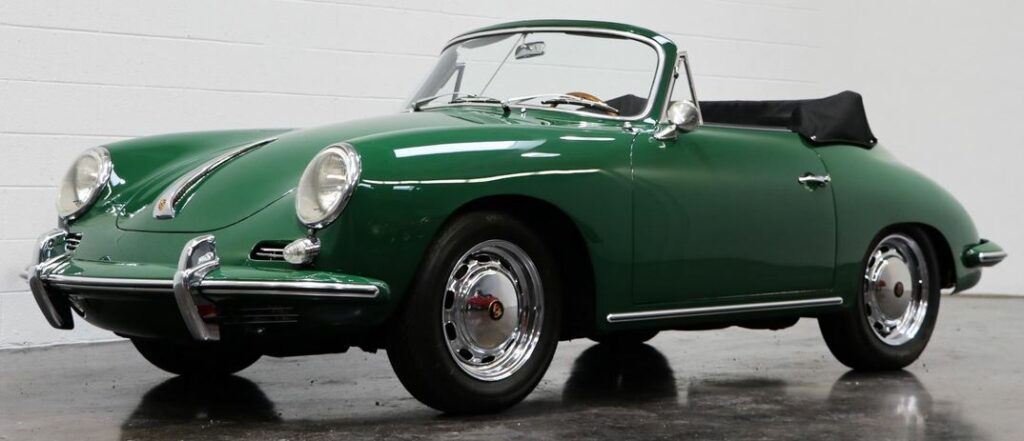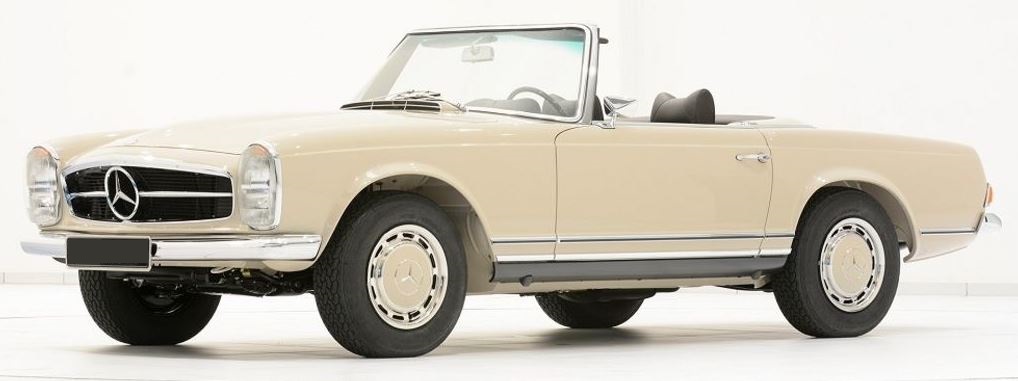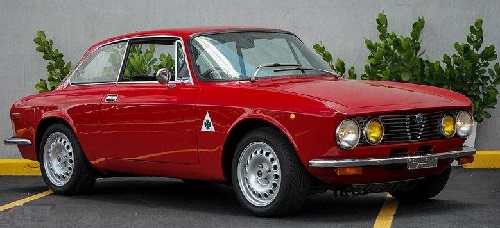In my innocence, I always imagined that evolution was a Good Thing, in that v.2.0 would always be an improved version of v.1.9.9, and so on. (Of course, that belief has been massively degraded by having to deal with software companies, but that’s for another time.)
I understand, therefore, that evolution is not necessarily an improvement, but by and large it has proven to be so — a 2021 Corvette is a much better car than its 1961 ancestor, at least mechanically speaking. As for its shape? I’ll let you decide:
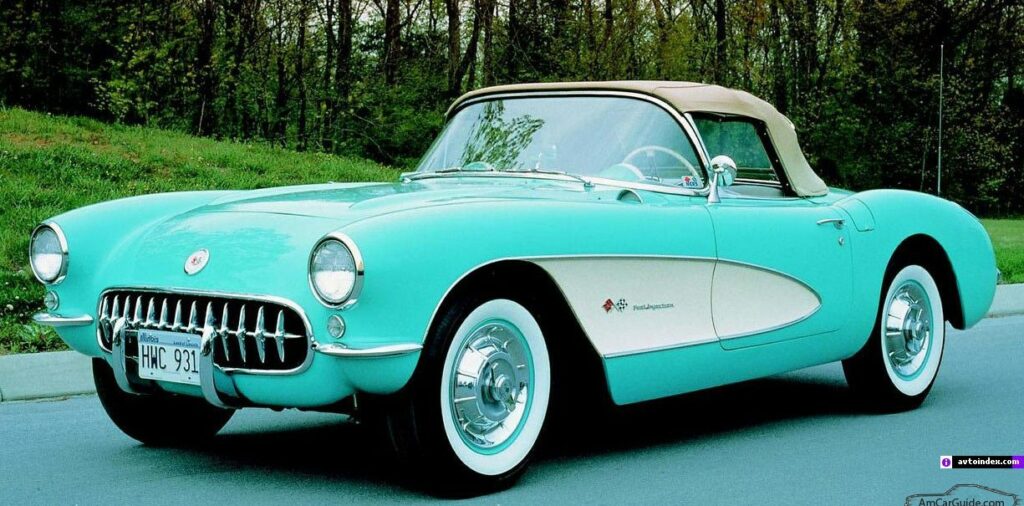
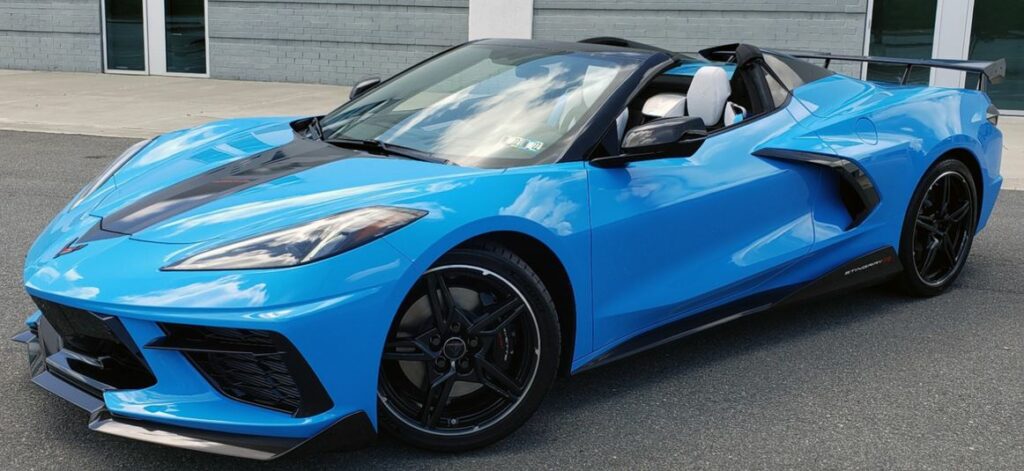
Regardless of the shape change (ugh), I think we can agree that the 2021 model performs much better than the 1961 model, mechanically speaking, because let’s be honest, engine technology, materials and things like suspension- and brake technology are better now than they were sixty years ago. And even the modern shape is no doubt far more efficient in terms of air management than the older one, so at least there’s that.
Now let’s talk about guns. Here we have a situation where the technology has hardly changed at all, materials have improved somewhat, but (say) a .22 pistol’s operation and efficiency have stayed pretty much the same.
So sixty-odd years ago we had .22 pistols that looked like the High Standard and Beretta:


…which, I think we can all agree, did an excellent job of putting the boolet into its intended destination. Modern pistols, of course, do just as good a job of that — pistols like the FN and SIG:


…but for all their improved technology and materials, they somehow end up looking like a dog’s ass.
To return to the cars for a moment, it’s as though the Corvette:
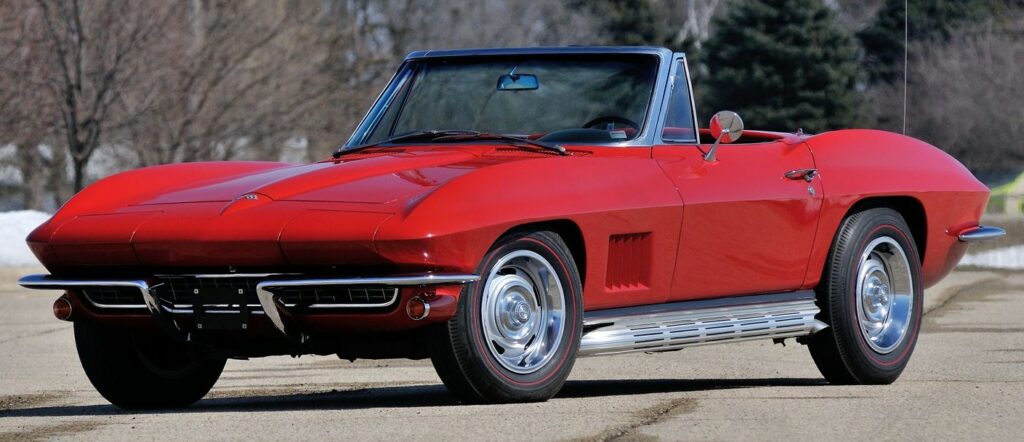
…somehow ended up looking like this:
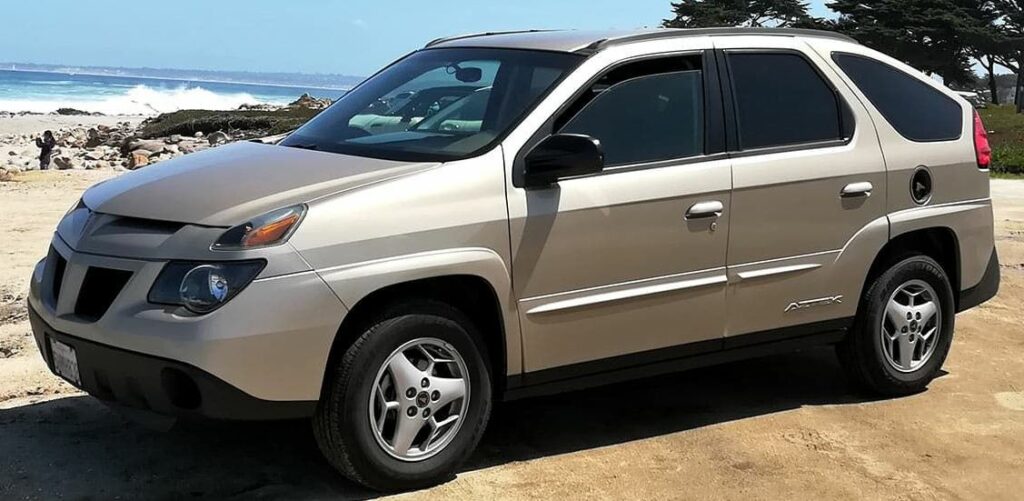
I know, I can hear y’all now: “The old fart’s lost it again, jabbering about the Good Ole Days.”
Yeah, maybe.
But I’d still rather own a Beretta 101 than any of the current crop of .22 hand-bricks.

And to wrap this whole train of thought up, I want somebody to explain how ideals of female beauty like this:
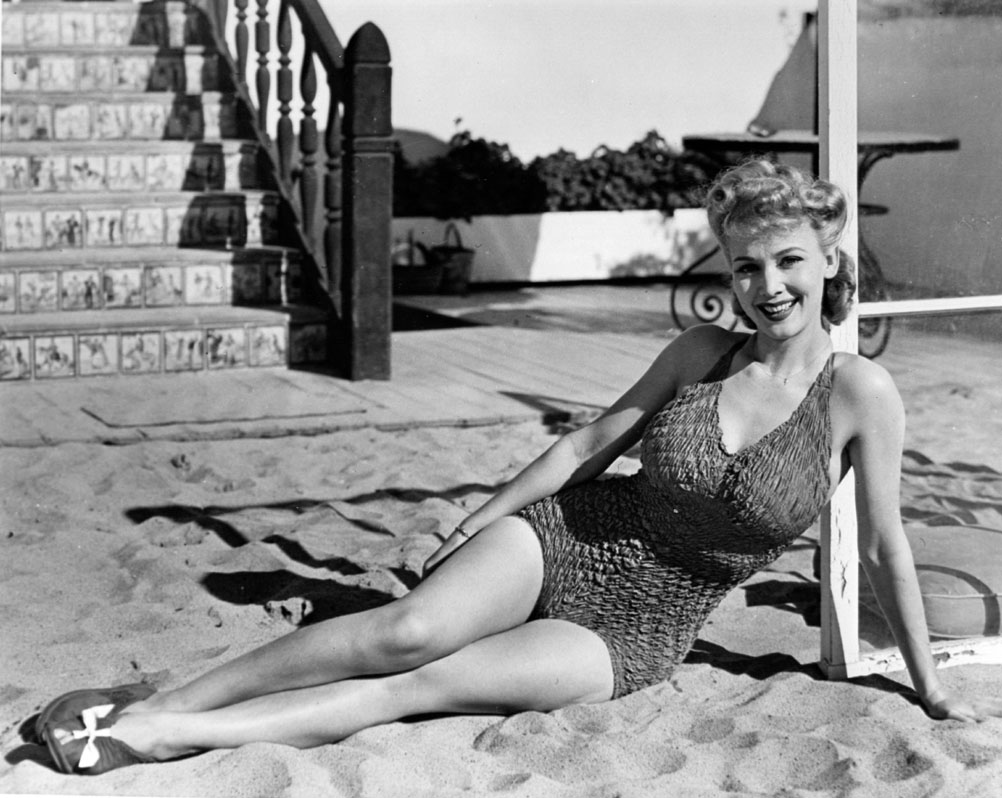
…have somehow evolved into this:

Same form, same basic functions between the two models… but ugh. No thank you.
